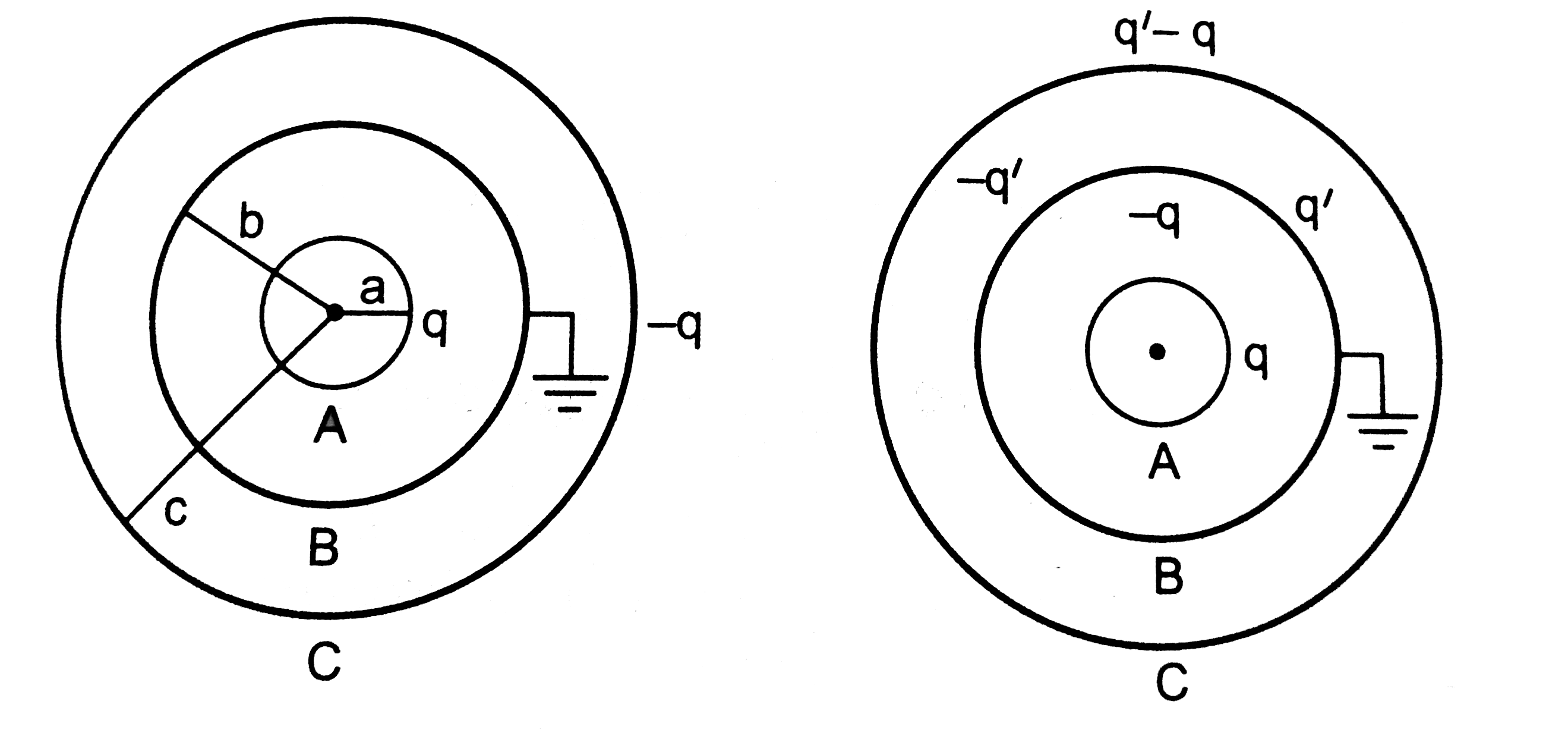Complete Solutions to Work Out Exaples of chapter GAUSS LAW of Class 12 book with complete answers and questions
| Class 12 | PHYSICS |
| Chapter | GAUSS LAW |
| HC VERMA | Work Out Exaples |
| Number Of Questions | 8 |
| Academic Year | 2023-24 |
A uniform electric field of magnitude `E= 100 N C^(-1)` exists in the space in x-direction. Calculate the flux of this field through a plane square of edga 10 cm placed in the y-z plane. Take the normal along the positive x-axis to be positive.
View SolutionA large plane charge sheet having surface xharge density `sigma=2.0 xx 10^(-6) C m^(-2)` lies in the x-y plane. Find the flux of the electric field through a circular area of radius 1 cm lying completely in the region where x, y, z are all positive and with its normal making an angle of `60^0` with the z-axis.
View SolutionA Charge of `4 xx 10^(-8) C` is distributed uniformaly on the surface of a sphere of radius 1 cm. It is covered by a concentric, hollow conducting sphere of radius 5 cm. (a) Find the electric field at a point 2 cm away from the centre. (b) A charge of `6 xx 10^(-8)C` is placed on the hollow sphere. Find the surface charge density on the outer surface of the hollow sphere.
View SolutionFigure shows three concentric thin spherical shells A, B and C of radii a, b and c respectively. The shells A and C are given charges q and -q respectively and the shell B is earthed. Find the charges appearing on the surfaces of B and C.

View SolutionAn electric dipole consists of charges `pm 2.0 xx 10^(8) C` separated by a distance of `2.0 xx 10^(-3)` m. It is placed near a long ilne charge of linear charge density `4.0 xx 10^(-4) C m^(-1)` as shown in figure (30-W4), Such thet the negative charge is at a distance of `2.0 cm from the line charge. Find the force acting on the dipole.

View SolutionThe electric field in aregion is radially ourward with magnitude `E=Ar`. Find the charge contained in a sphere of radius a centred at the origin. Take `A=100 V m^(-2)` and `a=20.0 cm`.
View SolutionA particle of mass `5 xx 10^(-6) g` is kept over a large horizantal sheet of charge of denisity `4.0 xx 10^(-6) C m^(-2)` (Figure 30-W5). What charge should be given to this partical so that if released, it does not fall down? How many electrons are to be removed to give this charge? How much mass is decreased due to the removal of these electrons?

View SolutionTwo conducting plates A and B are placed parallel to each other. A is given a charge. `Q_1` and B a charge `Q_2`. Find the distribution of charges on the four surface.
View Solution
Work Out Exaples questions and complete solutions for chapter GAUSS LAW of HC VERMA PHYSICS (ENGLISH) of Class 12